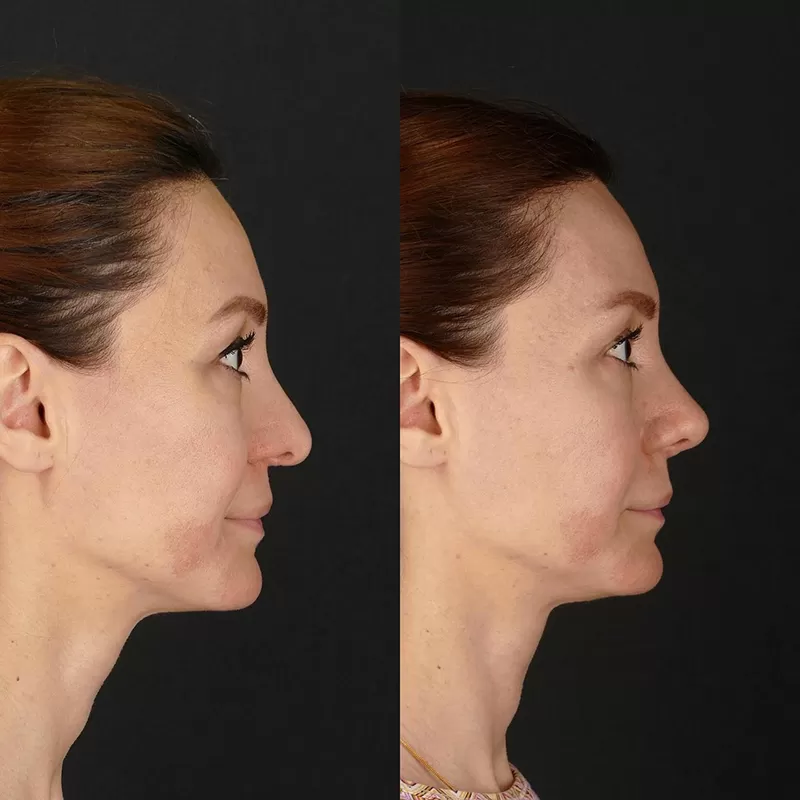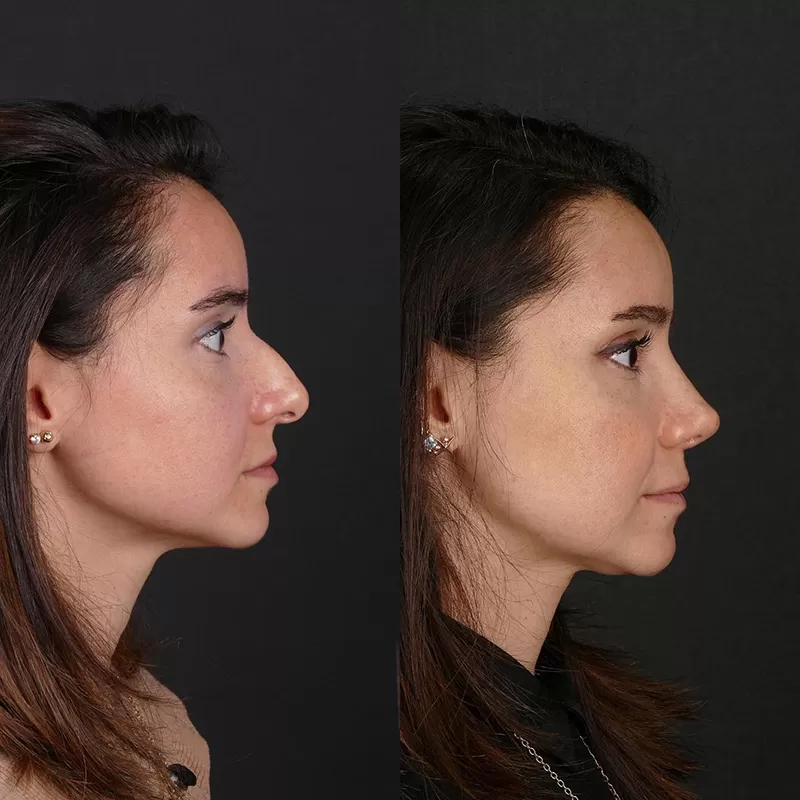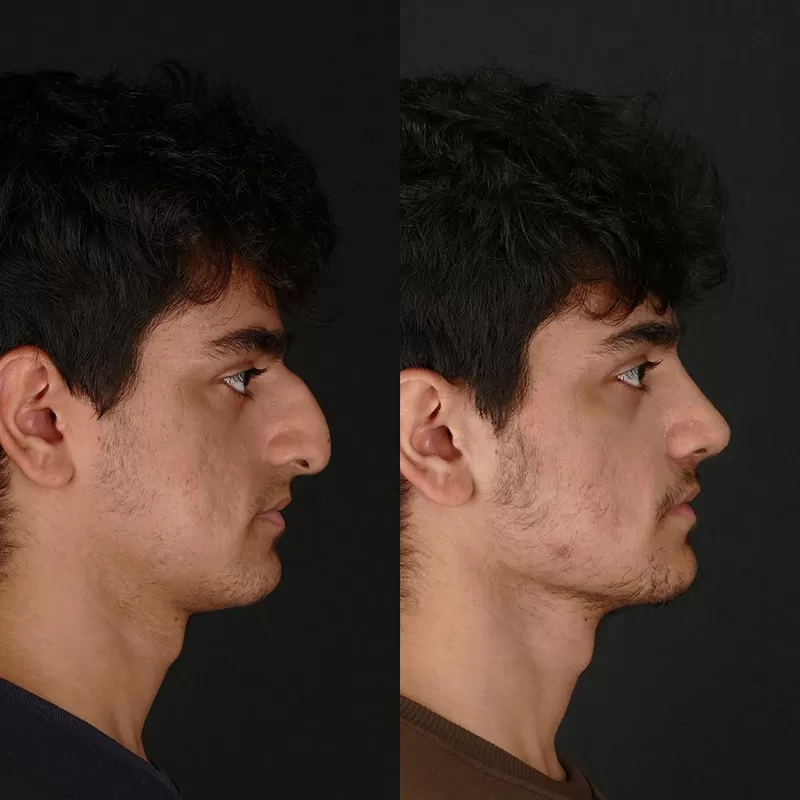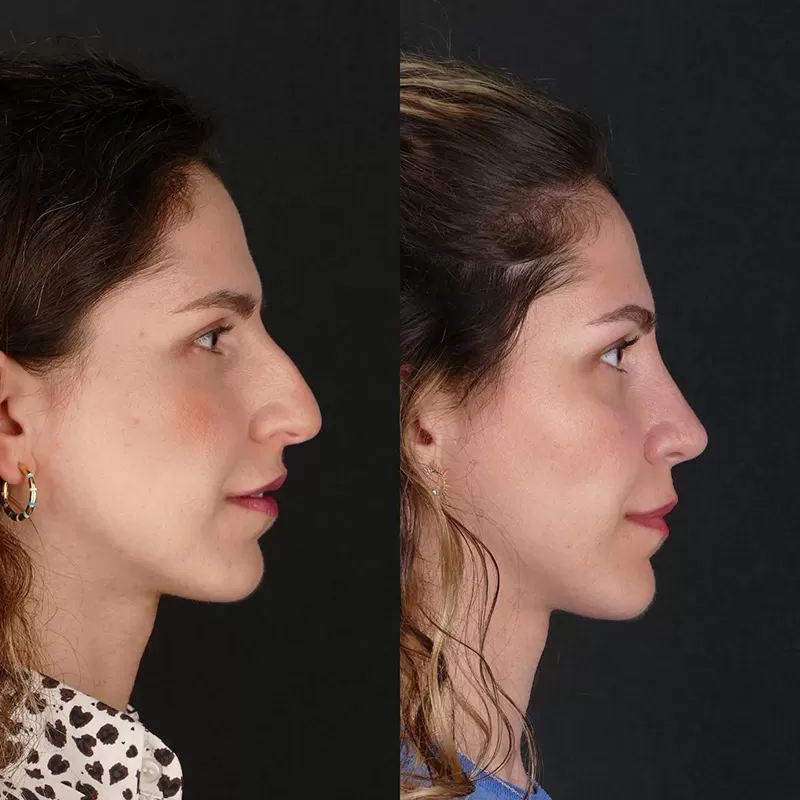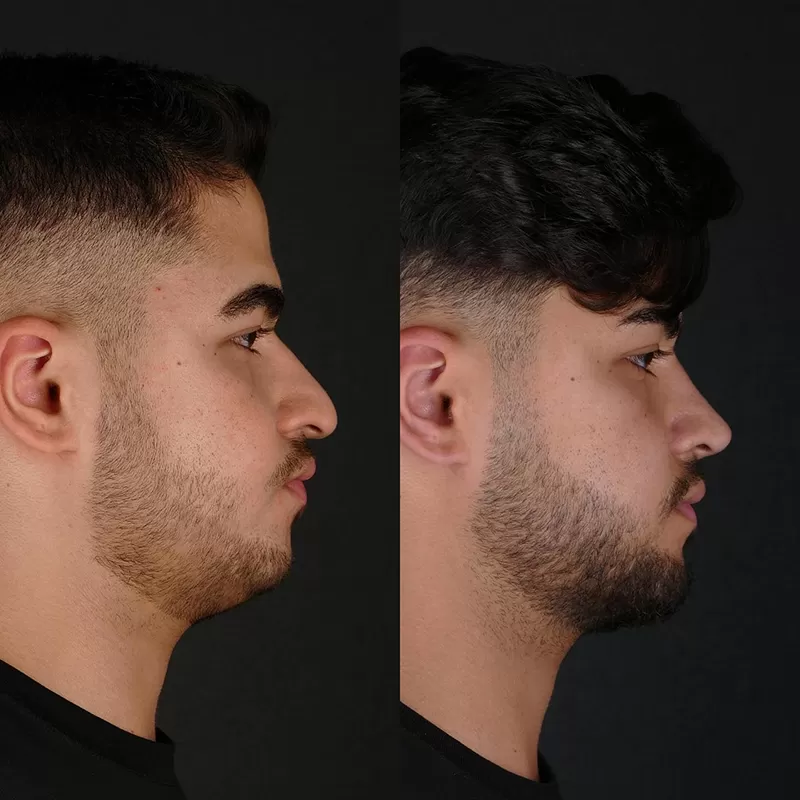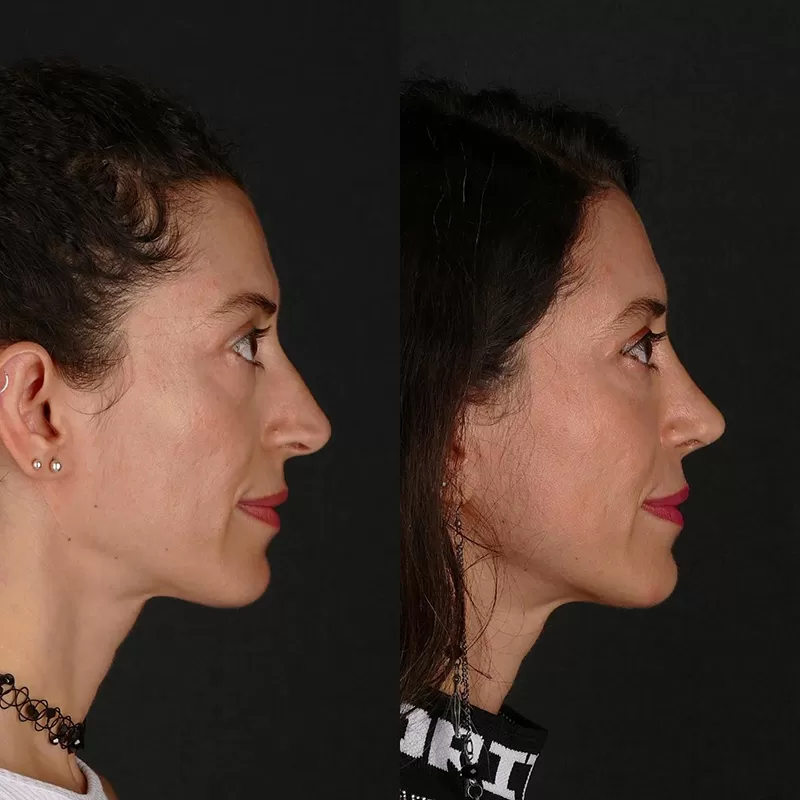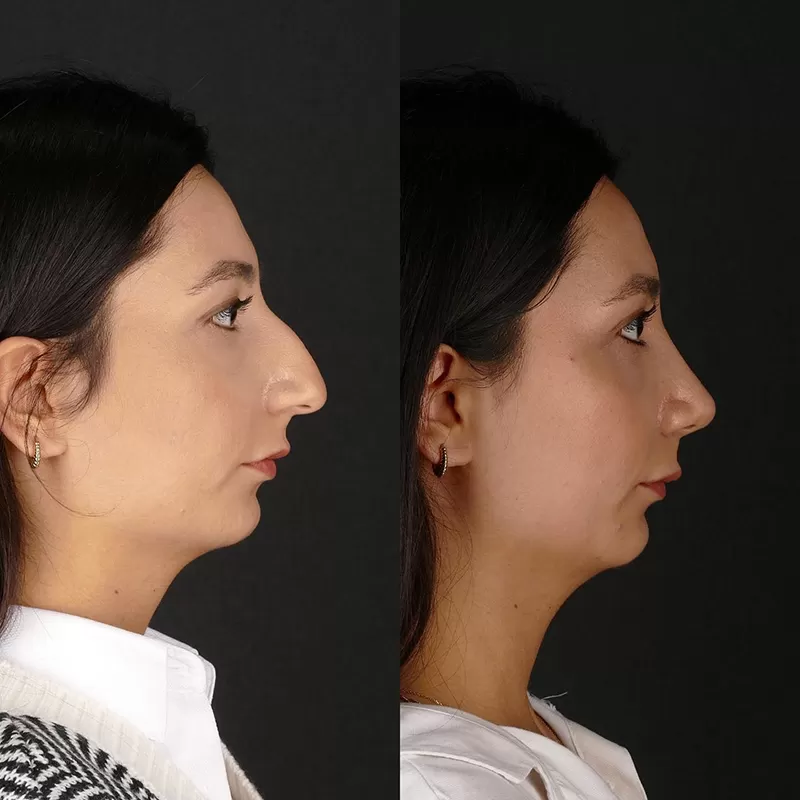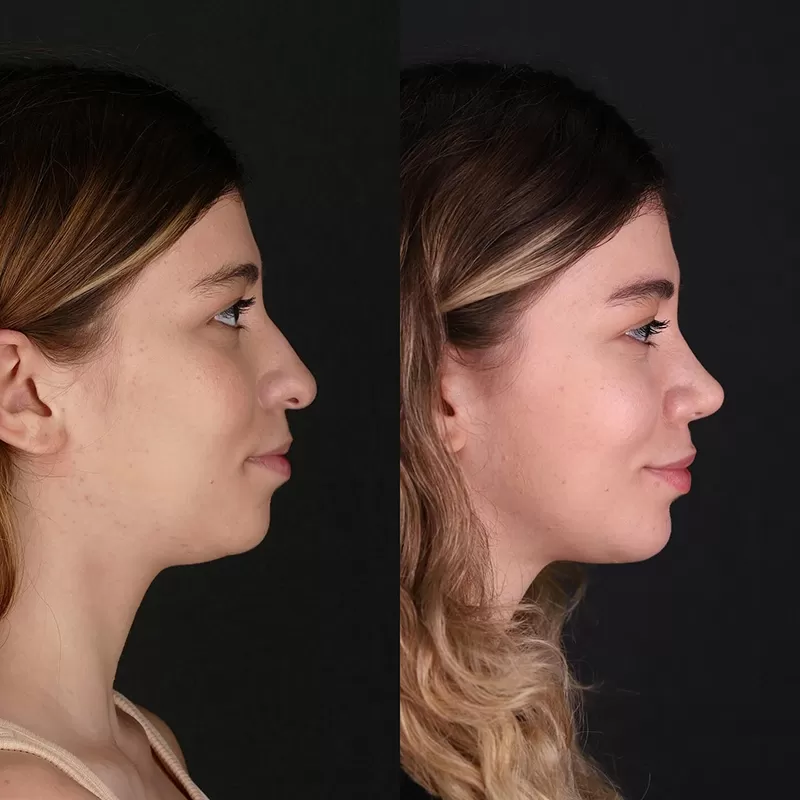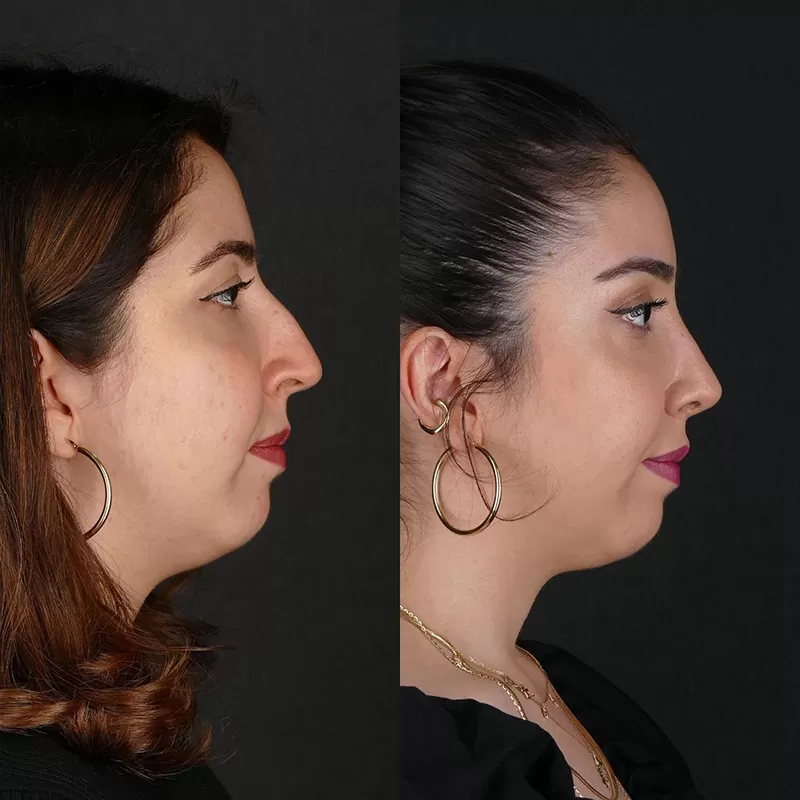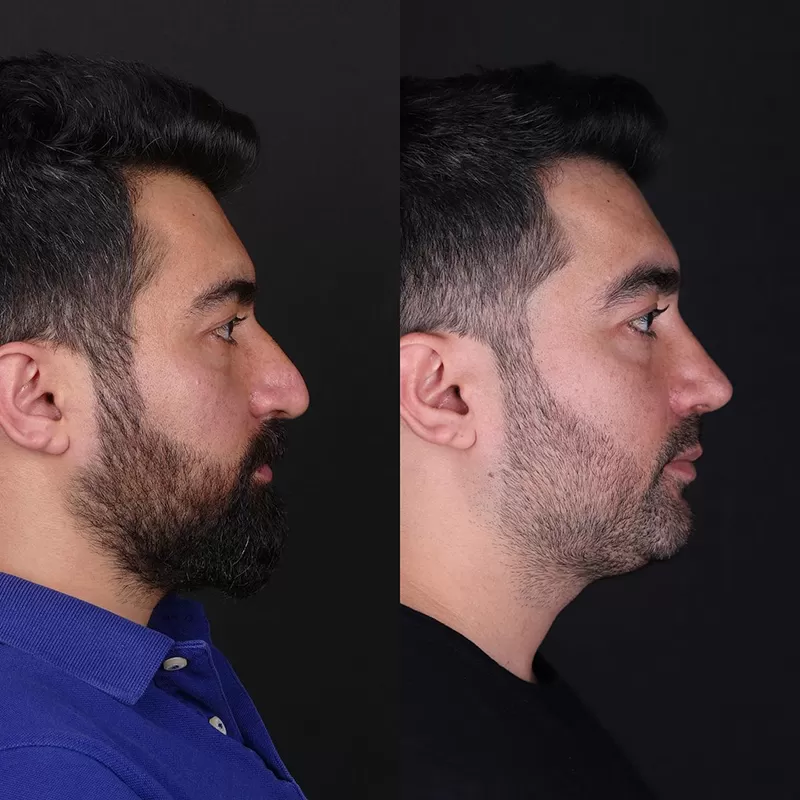Reduction of the Lower Concha
İçindekiler
ToggleWhat is Reduction of Lower Concha?
Conchae are vital for many functions performed by the nose. The task of the turbinates is to slow down the speed of the air inhaled through the nose, to heat the air to about 25 0C and make it ready for entry into the lung, to moisten it, to clean it from foreign substances and particles and to produce some enzymes.
The turbinates during the breathing process, blood to fulfil its functions and protect the lungs They grow and shrink from time to time depending on the circulation. In this way, the airways cease to be stable and become unstable, adapting to external factors, They take on a controllable dynamic structure.

In order to prevent the nasal hairs (cilia), which filter the air and protect the lungs from dirt, dust, viruses, bacteria and toxins, from drying out and keeping them moist, both nasal cavities do not grow and shrink simultaneously, but alternately and in shifts. This shift of 30 minutes to 6 hours is called the nasal cycle. Since the total amount of air inhaled does not change, people do not notice this difference. During the nasal cycle, one nasal cavity, that is, the air duct, starts to rest the nasal hairs by passing very little air with the swelling of the concha, and the other provides normal air flow. In addition to resting the nasal hairs and keeping them moist, the other task of the nasal cycle is to ensure good smell. Smelling is related to the chemicals in the inhaled air. Some chemicals need to stay in the olfactory receptors for a longer time in order to be recognised. In the closed nasal cavity, which passes less air during the nasal cycle, the odours of slow-moving airborne chemicals are better perceived.
In recent studies, it has been argued that even psychological diseases such as Bipolar Disorder and Schizophrenia have an effect on the nasal cycle.
TREATMENT PROCESS
Reduction of the Lower Concha
1 Seans
2 Day
Lifetime
10 minutes
2 days later
General Anaesthesia
3 Days
What Causes Concha Hypertrophy (Nasal Flesh Growth)?
Structural disorders such as abnormal swelling and growth occur from time to time in the bone and / or soft tissue contained in the turbinates, which fulfil nasal functions and have a sensitive structure. These growths are called turbinate hypertrophy (turbinate hypertrophy). This growth is mostly seen in the lower turbinate and rarely in the middle turbinate.
Lower turbinate enlargement; It occurs due to curvatures in the septum (septum deviation) as a result of allergic causes or nasal traumas. It is not seen in children except in very rare cases. Sometimes pregnancy, hormonal diseases and medications are also a factor for lower turbinate growth.
Inflammations that occur in the concha tissues of people with allergy disorders cause edema, vasodilation and blood supply in these tissues, causing the concha to enlarge.
In people with deviation; Since the space in the septum, that is, on the opposite side of the nasal cavity inclined by the curvature of the nasal bone, will expand, the concha tends to narrow this width and grows in order to control the air duct and maintain normal air flow. This growth is called compensatory hypertrophy.
Hormonal changes that occur in women during pregnancy and diseases such as sinusitis, thyroid gland diseases, diabetes mellitus or excessive hormone production can also cause blood supply and oedema in the turbinates, resulting in turbinate enlargement.
The air sacs that form the sinuses, which are a different structure in the nose, are sometimes located where they should not be, inside the bone structure that forms the inner part of the middle concha. The formation of air bubbles in this bone is called concha bullosa and causes the middle concha to grow and block the airway.

How isConcha Hypertrophy (Nasal Flesh Growth) Diagnosed?
Hypertrophy of the inferior turbinate occurs in the form of soft tissue growth, bone growth or growth of both structures together. The correct diagnosis of which region the growth is in will ensure the correct selection of the treatment method.
For diagnosis, the intranasal examination of the patient showing the symptoms of Concha Hypertrophy is performed painlessly with the help of physical, radiographic imaging or cameras. When necessary, the doctor may request examinations and detailed imaging.

